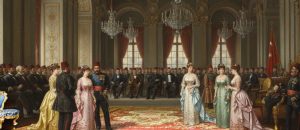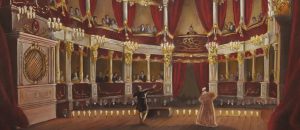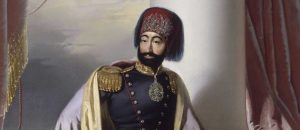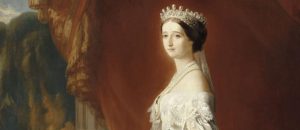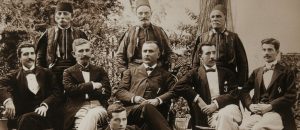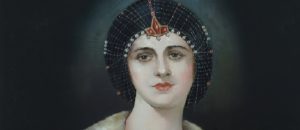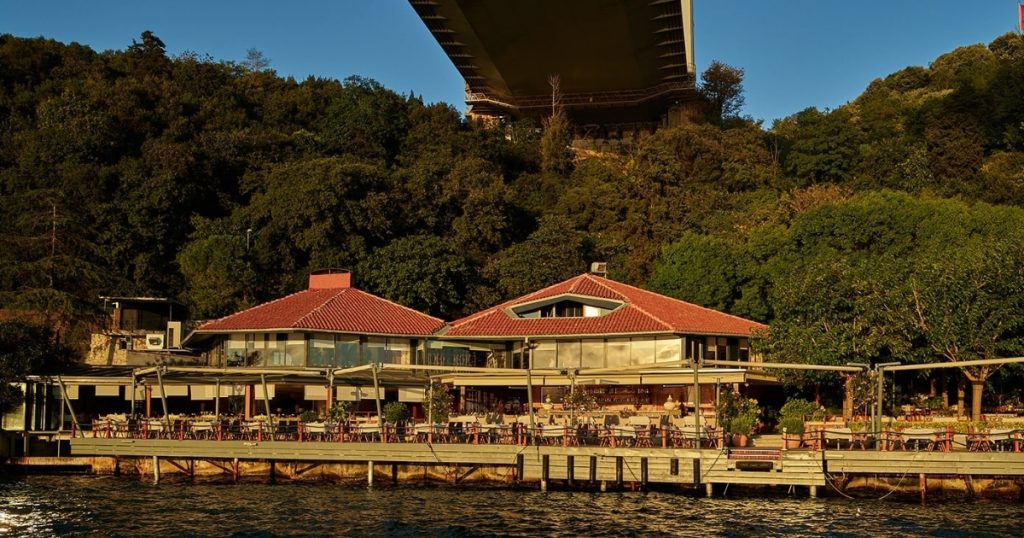The sounds echoing in the corridors of Dolmabahçe Palace were not just decrees or whispers, but also the operas of Giuseppe Verdi and the waltzes of Johann Strauss. Those who brought these Western notes to the heart of the palace were the musicians of the Muzıka-i Hümayun (The Palace Band and Orchestra). This elite institution, which served as both a military band and a symphony orchestra, was the most melodic and international face of the Ottoman Westernization project. Turkish musicians, working under the direction of Italian conductors, transformed music into a sophisticated tool of diplomacy with the private concerts they gave for the Sultan and the music they played at balls held in honor of foreign ambassadors.
Transformation from a Military Band to a Palace Orchestra
Muzıka-i Hümayun was founded during the reign of Sultan Mahmud II to establish a modern band for a modern army, replacing the Mehterhane, which had been abolished along with the Janissary Corps. Giuseppe Donizetti (the brother of the famous composer Gaetano Donizetti), who would be known as “Donizetti Pasha,” was appointed head of the institution. This institution, whose initial goal was solely to play military marches, evolved during the Tanzimat period with the construction of Dolmabahçe Palace. During the reigns of Sultan Abdülmecid and especially Sultan Abdülaziz, who was known for his fondness for art, it gained the identity of a fully-fledged symphony orchestra and opera company, similar to those in European palaces, in addition to its military band identity. They now performed not only in parades but also in the palace halls.
The “Invisible” Virtuosos of the Palace
The musicians playing in the Muzıka-i Hümayun were among the palace’s most talented and highly educated “invisible” residents. These musicians were usually selected from talented young men accepted into the Enderun (palace school) and subjected to intense training in Western music and instruments by Italian tutors. They were the first professional practitioners of Western-style music education in the Ottoman Empire. Their daily lives consisted of constantly rehearsing, learning new works, and standing ready for a concert that the Sultan or the palace might call for at any moment. They were salaried state officials but were also artists. This dual identity distinguished them from other palace officials.
Music as a Tool of Diplomacy
One of the most important functions of the Muzıka-i Hümayun was to use music as a tool for diplomacy and “soft power“.
State Ceremonies: During the arrival of a foreign head of state or ambassador at the palace, the Muzıka-i Hümayun would perform a grand gesture by playing the national anthem of the visiting delegation. This was a subtle diplomatic behavior demonstrating the Ottoman mastery of international protocol.
Palace Concerts and Operas: Special concerts attended by the Sultan and foreign guests were held in the palace’s private theater or the Hall of Ceremonies (Muayede Salonu). The program usually included arias from popular Italian operas of the time (Verdi, Rossini) or Viennese waltzes. These events aimed to show that the Ottoman Palace was not culturally inferior to any palace in Vienna or Paris, but shared the same refined tastes. This was a musical contribution to the general message the Palace conveyed to Europe.
Balls and Invitations: At the balls held in Dolmabahçe Palace, the orchestra played the latest European dance music so that guests could dance. This was evidence of how “Europeanized” the social life of the palace was.
Italian Conductors and Turkish Musicians: A Cultural Synthesis
After Donizetti Pasha, the Muzıka-i Hümayun was generally headed by Italian conductors such as Callisto Guatelli Pasha. The discipline and knowledge of Western music provided by these Italian tutors combined with the talent of Turkish musicians created an original cultural synthesis. The first Ottoman national anthems (“Mecidiye March,” “Aziziye March”) were composed by these Italian conductors but performed by Turkish musicians. The institution also served as a school where the first Turkish band conductors and composers, such as Veli Efendi or Rıfat Bey, were trained. Muzıka-i Hümayun is also an example of how an institution adopted from the West could eventually be nationalized through local talent.
Conclusion
In conclusion, the Muzıka-i Hümayun musicians were the “invisible” but most effective cultural ambassadors of Dolmabahçe Palace. The Western notes they played most elegantly expressed the Ottoman Empire’s desire for modernization and its effort to secure a respected place in the international arena. When an opera or a waltz echoed in the palace, it was not merely a musical recital but also a sophisticated diplomatic performance showcasing the changing identity of the Ottomans and their face turned towards the world. Through their notes, these musicians told the story of how an empire sought to sustain itself through art and culture, even during its most challenging period.







